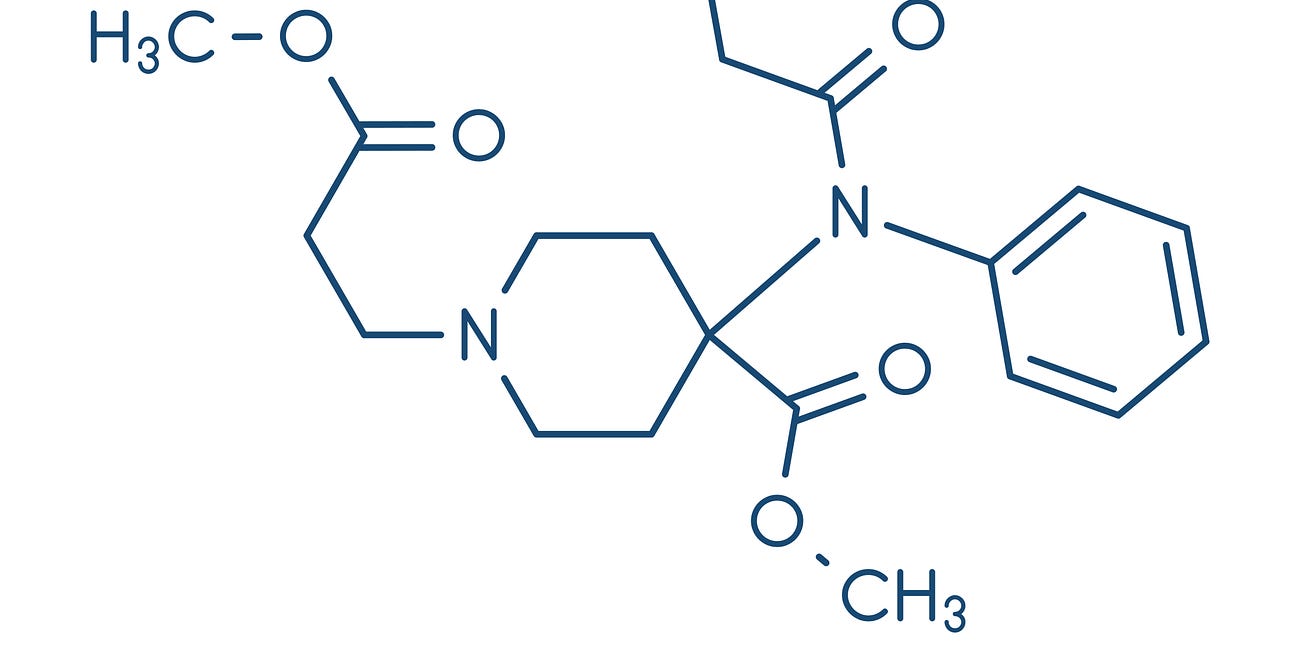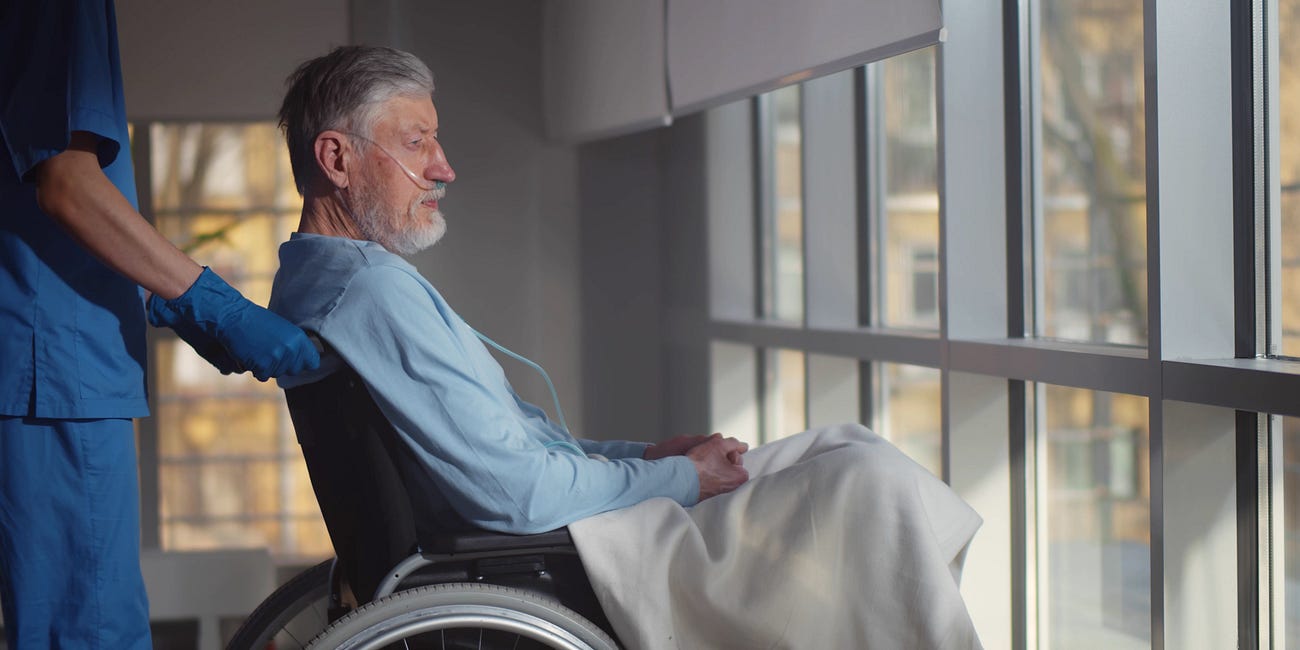Issue #1: The Latest in Critical Care, 5/8/23
Can remifentanil replace neuromuscular block for rapid sequence induction?
The ultra-short-acting opioid remifentanil could theoretically be a safer induction agent with less risk of aspiration than neuromuscular blockers like succinylcholine or rocuronium. Neuromuscular blockers relax lower esophageal sphincter tone, increasing the risk for reflux and aspiration.
SELECT2 trial: endovascular therapy for large ischemic stroke
Endovascular thrombectomy for large ischemic stroke came to prominence based on limited data showing its efficacy in patients with smaller strokes; large strokes were excluded. The SELECT2 randomized trial enrolling 178 patients with large ischemic strokes was stopped early for efficacy after an impressive 20% of patients achieved functional independence after thrombectomy, compared to 7% after receiving medical care. Mortality was similar between groups, but thrombectomy resulted in a significant number of vascular complications (including cerebral vessel perforation in 7 patients).
4-factor prothrombin complex concentrate (PCC) for trauma (PROCOAG trial)
4-factor PCC rapidly replaces blood clotting proteins which are absent from transfused blood. PCC could therefore be helpful when co-administered with packed red blood cells in large volume transfusions. Among 324 patients with trauma and life-threatening bleeding at 12 French hospitals who were randomized to receive 1ml/kg PCC or placebo, there was no reduction observed in 24-hour blood transfusion needs in the PCC group. PCC was associated with a significantly higher risk for thromboembolic complications (35% vs 24%).
Functional outcomes after survival from critical illness (Review)
Functional outcomes after survival from critical illness, and the constellation of disabilities and dysfunction now termed post-ICU syndrome, are getting more attention. The Covid-19 pandemic produced an enormous new cohort of the persistently or permanently disabled as a result of critical illness. This increasing population represent both critical care’s increased success at preventing death, and the unexpected, sometimes devastating consequences.
Oxygen saturation during mechanical ventilation: is there an ideal target?
Among 2541 patients enrolled in a complicated pragmatic cluster-crossover design at a single academic center, there was no difference in any meaningful outcome (death, ventilator-free days, or severe complications) between patients randomized to an oxygen saturation target of 90%, 94%, or 98%.
Subdural hematoma’s surgical treatments compared
After a neurosurgeon cuts a bone flap and evacuates a traumatic acute subdural hematoma, it’s unclear whether it’s better to replace the flap (craniotomy) or to leave it off temporarily (decompressive craniectomy). In the RESCUE-ASDH trial enrolling 450 patients, both approaches led to similar outcomes (about 30% one-year mortality, with ~20-25% return to good functional recovery). More patients treated with craniotomy required later surgery, while more craniectomy patients had wound complications.
Nursing home patients with metastatic cancer: how aggressive is their end of life care?
Nursing home patients with metastatic cancer are slightly more likely (not less) to get aggressive care at the end of life, according to a study in Jama Network Open. Among 146,000 patients included in the database study, roughly equal proportions of nursing home patients (~21%) were admitted to the ICU as were community-dwellers. Nursing home patients were no more likely to enter hospice after hospitalization than their community dwelling counterparts. About 19% of nursing home patients with metastatic cancer received chemotherapy or other cancer treatments—about half the rate of community dwellers.
The rise of mega-journals: In 2022, 55 medical journals published over 300,000 articles—almost a quarter of all medical literature that year. These so-called “mega-journals” are rapidly expanding their output, often charging high publication fees to authors, with lower peer review and publication standards than traditional established journals. Articles…
Keep reading with a 7-day free trial
Subscribe to PulmCCM to keep reading this post and get 7 days of free access to the full post archives.





